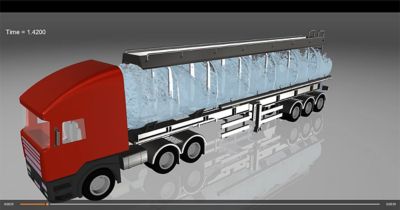Ansys Advantage 部落格
Ansys Advantage 部落格文章具備來自 Ansys 和其他技術專家的見解,讓您隨時掌握 Ansys 模擬如何為推動人類進步的創新注入動能。
Sorry. Our site search is running into issues and we're working to get it back up and running as soon as possible.
In the meantime, please use the Google search box below to search the site.



